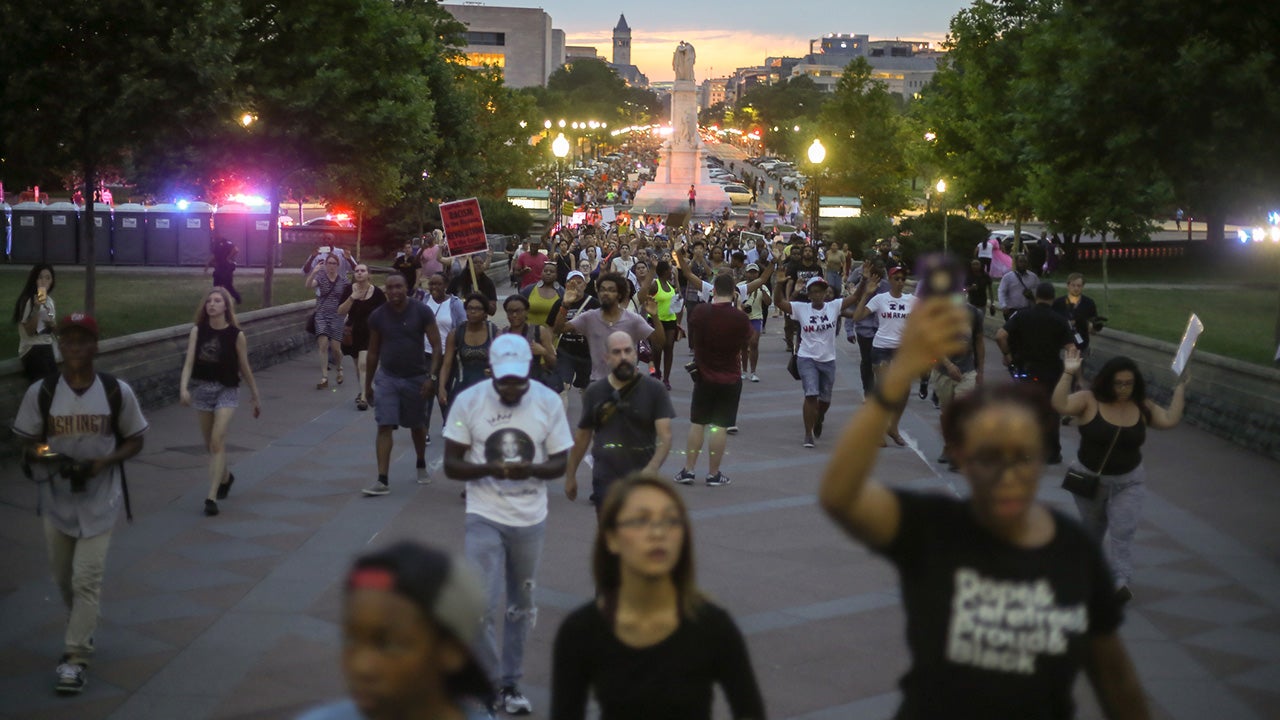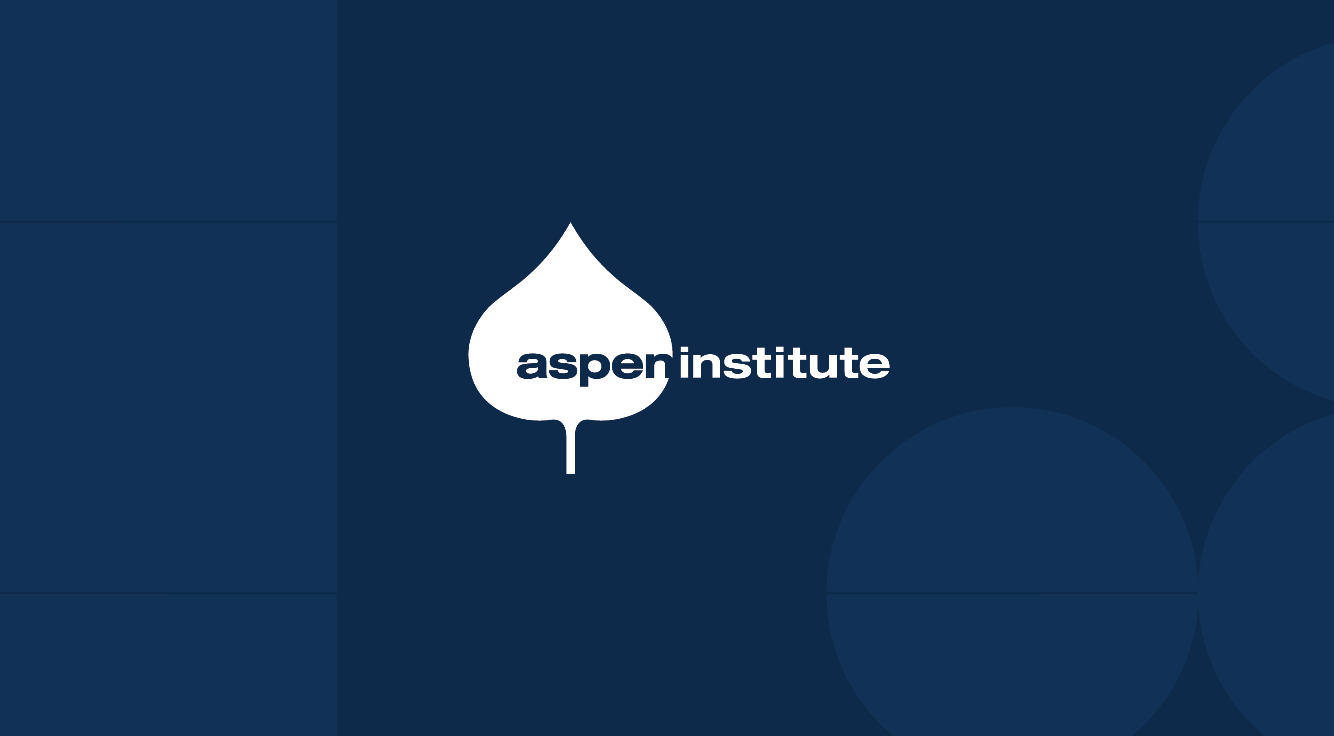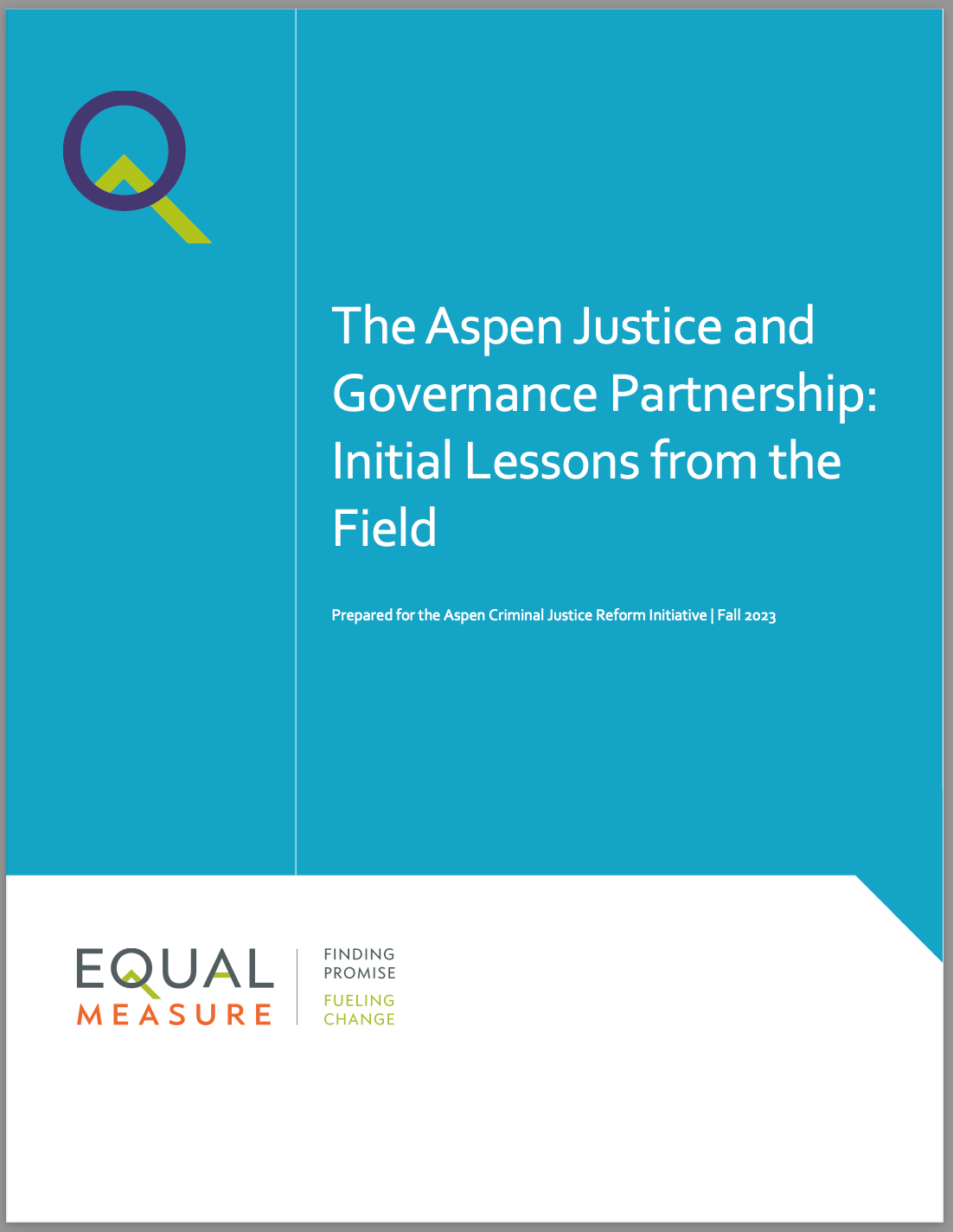A few years ago, the phone rang in my office at the Ford Foundation. I picked up and recognized a familiar voice: “Doug,” the voice said. “What are you doing next Thursday?” I replied, “I guess I’m going somewhere with you.” With a hearty laugh, Doris Buffett, a friend and well-known philanthropist, explained her plans. “I’m going to graduation at Sing Sing and if you can, I’d like for you to be there with me. My brother spoke there a couple of years ago and it’s a nice ceremony.” At the time, the Ford Foundation and Doris’ Sunshine Lady Foundation were jointly funding the Hudson Link Project inside Sing Sing Correctional Facility. Attending the graduation with Doris was a no brainer. With her usual enthusiasm she said, “Meet me out in front of the Big House at six!”
Doris Buffett was one of a kind—thoughtful, direct, intelligent, generous, dedicated, committed, strong, witty. Although she is no longer with us, Doris left a lasting legacy, one that has touched thousands of incarcerated individuals and their families all over this country. Among her many philanthropic endeavors, which also included women’s rights, Doris was a proponent of high-quality postsecondary opportunities for incarcerated students. She filled the void for many years as one of the only funders of college-in-prison programs in the US. “I’m perfectly willing to put money where the greatest need is,” she said in an interview at a Sing Sing graduation. The reporter noted that, given her wealth, Doris could be anywhere in the world other than inside a maximum-security prison. She explained, “I’m where I want to be. And how.”
Not everyone felt this way. With the passage of the Violent Crime Control and Law Enforcement Act of 1994, Congress banned incarcerated individuals seeking postsecondary education from accessing Pell grants. The number of participating students dropped by nearly half (44%) within a year of this decision. In the ensuing decade, over 90% of college-in-prison programs across the country folded. But thanks to advocates, grassroots organizations, investments from the private sector and foundations, and Doris’ work, the momentum has steadily grown for the development and implementation of such programs. This July, the US House of Representatives voted to lift the ban on Pell grants for individuals in state and federal prisons.
Disparities in educational attainment between incarcerated individuals and the general population are striking. The gap between the two groups with regard to postsecondary education is almost twice as high as the gap for high school diploma/GED attainment. With nearly 500,000 people coming out of prison every year—the majority of whom are not equipped with the requisite skills for employment— and with the reduction in prison populations across the country, access to quality educational programming while in prison is increasingly imperative. Ninety percent of today’s fastest-growing jobs require a postsecondary education. Access to higher education for incarcerated individuals is particularly critical both while in prison and during the reentry process. Without it, members of this population will not have the tools they need to break the cycle of intergenerational poverty.
A renewed interest in this work has resulted in more research and investment in programs. According to RAND’s meta-analysis, education for incarcerated adults reduces the risk of recidivism by 43% with a savings of five dollars on recidivism costs for every dollar spent on education programs in prison. Although more research is needed with respect to long-term outcomes for participants in college-in-prison programs after release, data such as these are promising.
Beyond issues of employment and recidivism, high-quality college-in-prison programs have a democratizing element to them. Education gives incarcerated individuals the tools to become more civically engaged in ways that will allow them to take full responsibility for themselves, their families, and their communities. Ideally, these programs also provide meaningful exposure to the arts to allow for free expression and artistic creativity.
With funding from foundations partnering with state and local jurisdictions, there have been a number of successful statewide systemic programs that were launched: the Vera Institute of Justice’s Unlocking Potential: Pathways from Prison to Postsecondary Education Project; Corrections to College California (formerly the Renewing Communities Project); and the federal government’s recently expanded Second Chance Pell project which is now in 42 states and the District of Columbia. With Doris leading the way, philanthropy has stepped up significantly in recent years including the Ford Foundation, Open Society Foundation, Gates Foundation, Art for Justice Fund, Ballmer Group, Bank of America Charitable Foundation, California Endowment, The California Wellness Foundation, Roy and Patricia Disney Family Foundation, ECMC Foundation, Heising-Simons Foundation, William and Flora Hewlett Foundation, Rosenberg Foundation, Arnold Ventures, Weingart Foundation, Ascendium Education Group and the Andrew W. Mellon Foundation among others. The Mellon Foundation not only continues to fund college-in-prison programs but has recently launched the incredibly exciting Million Books Project which seeks to add libraries in 1,000 prisons across the United States.
Ellen Condliffe Lagemann, former dean of Harvard’s Graduate School of Education argues in her book Liberating Minds: The Case for College in Prison that educating people in prison is part of building a democracy. When incarcerated individuals have access to education, the benefits—including increased levels of hope, decreased recidivism rates, increased employment opportunities, giving back to communities, and stronger relationships with family members—ripple widely both inside and outside correctional facilities.
When I think about all the elements bound together in the issue of college-in-prison, I think about the continuum that starts with a person’s early schooling and continues through to the policing of communities, arrest and sentencing, intake, time served in a facility, the period before release, moment of release, and what happens afterward. If we’re going to transform the way the system operates, we must think about and beyond the system to the overlapping, interstitial challenges that exist in communities of concentrated poverty. This is even more imperative in the age of COVID. Centering our work around racial equity and education while being bolder in our calls for change is critically important.
I think Doris would agree. And how.


